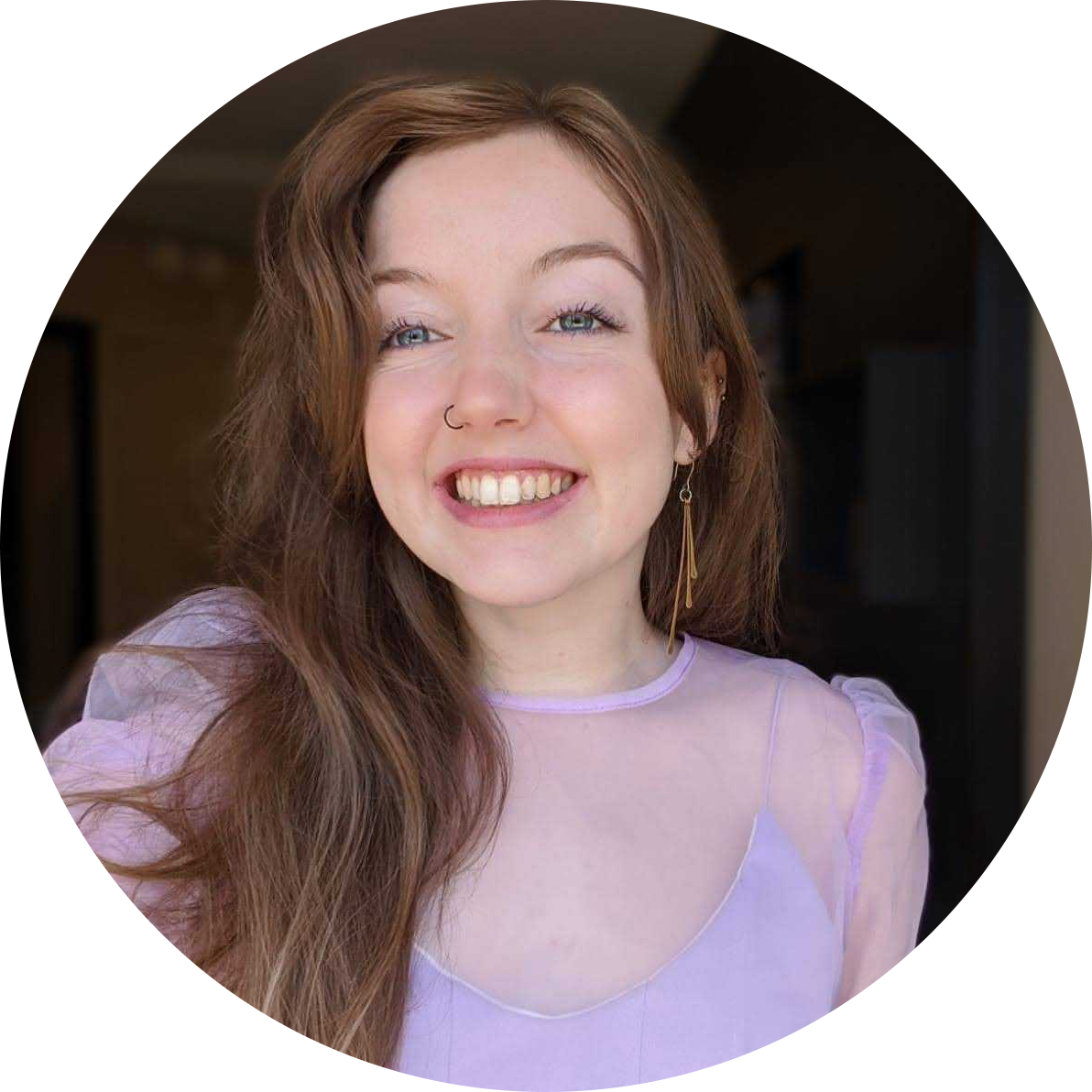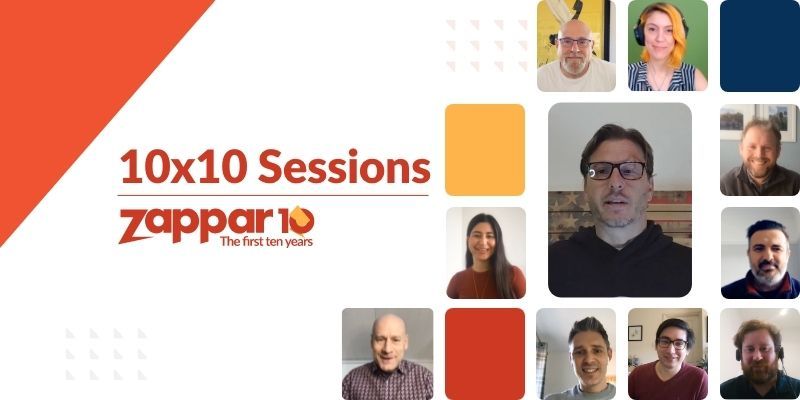This week, Zappar CEO and Co-Founder, Caspar Thykier, is joined by Patrick Costello the Senior Director for Business Development at Qualcomm, one of the world leading innovators in wireless technology and instrumental with helping create the mobile future of augmented reality.
In this session, they cover:
1. The start of Patrick’s XR journey
2. Qualcomm’s mission
3. Some monumental moments in the XR industry
4. The future of spatial computing
The Conversation:
That first XR moment
One of the things we love about our 10x10 sessions is hearing about that first time someone encountered XR, for Patrick that was over 10 years ago in 2010, during an all hands meeting.
“They had put a coffee table on the stage and they put these objects on the coffee table, a cylinder, a vase and a box. And an engineer came out with a tablet and he initiated the camera session and started walking around the coffee table. And I saw real time, basically spatial mapping happening on a tablet and rendering, you know, vines growing up around this vase and suddenly this coffee table with objects on it became like a game, a game playing environment. And I just was blown away. And of course, I didn't know what I was seeing from the engineering standpoint. It just all seemed like magic to me. But, you know, there was spatial mapping happening and plane detection, and object detection.
“And I just remember that very next day, I was like, I have to get involved in this because it was just so cool.”
Enabling technology with healthy ecosystems
When talking about Qualcomm’s mission Patrick talked about how much of their focus is on what is happening in the “mobile and the smartphone revolution.”
“We do see this as the next possibly the next strategic platform for human computing.”
“So we view it with that lens. And the way we help grow the ecosystem, as we, of course, provide the silicon, we provide a lot of the software. So a lot of these perception algorithms that we're hardening now in the IP blocks, and we provide reference design hardware to our partners, as well as a lot of ecosystem support through special programs.”
“So we really are trying to enable a very horizontal, healthy ecosystem so that we can get a lot of these devices to market and these new experiences to market with our partners.”
Big moments in the industry
Thinking about events in the industry that have really moved the needle over the years Patrick noted that “It's hard not to talk about when Facebook acquired Oculus in 2014. I kind of look at that as the big bang moment in the industry.” Which he felt was “the moment where the whole industry was sort of shot out of a cannon and then everyone's investments started coming to light.”
For the team at Qualcomm their pivotal moment was “the first all in one VR reference design with inside out 6-DoF head tracking. So if you remember before that, it was really those Vive systems with cables connected to PCs and lighthouse external trackers.”
“So I think that was a really pivotal moment where we signalled to the industry that, yes, you can have an immersive experience here without having those cables, without having a very complex, hardware setup in your environment.”
“I think it really helped lead to things like where we are today with Oculus Quest 2 and some other great products that are on the market.”
The future of spatial computing
Patrick told us that he feels the team at Qualcomm benefits from “a 360 degree view over the horizon with all of our partners.” And agreed to give us an overview of what he felt was coming next (while keeping it top line).
5G leads the way...
There have been several technological advances over the past few years that will have an impact on the XR industry and Patrick notes that 5G is a big one, “5G, obviously is a huge connective tissue that's going to really create these experiences and allow the cloud to come in and the networks to come in.”
"It's going to help us shrink these devices on our heads because we are going to be able to put a lot of that compute burden out in the mech layer and the cloud layer and help us get more fashionable form factor designs once we are able to embed 5G in these glasses.”
Learning from what’s come before...
When you take steps towards the future it only makes sense to look at what has come before, Patrick feels that “If we are going to help generate that next evolution of the human computing platform, there's a lot of responsibility that comes with that. Right? A lot of ethical responsibilities and lessons learned. As awesome as these things in our pockets are (Patrick takes out his smartphone) and how powerful they are and how revolutionary they've been for the world, I think there are lessons we can take from them on certain imperfections and societal impacts.”
“I think it's all of our responsibilities to take those and lessons learned and incorporate them into this next evolution that's going to be really, really disruptive and exciting.”
Working together...
Patrick’s closing thoughts were very aligned with our own mission to democratise AR.
“The big lesson I've taken away in the last decade really is that where we are in this whole journey is still so early. We almost have to set aside this natural competitive order that we all feel, being a part of this healthy capitalistic society. I always use sports analogies. And I think we're still in like the second or third inning of this baseball game. Right. So we should really be celebrating everyone's success."
"I look at Magic Leap, for example."
"We don't provide the silicon for that device, but we're sitting back here rooting for them to succeed and for that company to succeed and others to succeed because it's good for everybody. "
“The competitive aspect of it is great and helps push the industry forward. But really, we should look at everyone succeeding as an expansion event for this industry that boosts us all up right now.”
“Because it really does take a village to make something this monumental happen.”
 Taylor Revert
Taylor RevertMarketing Manager, Zappar
